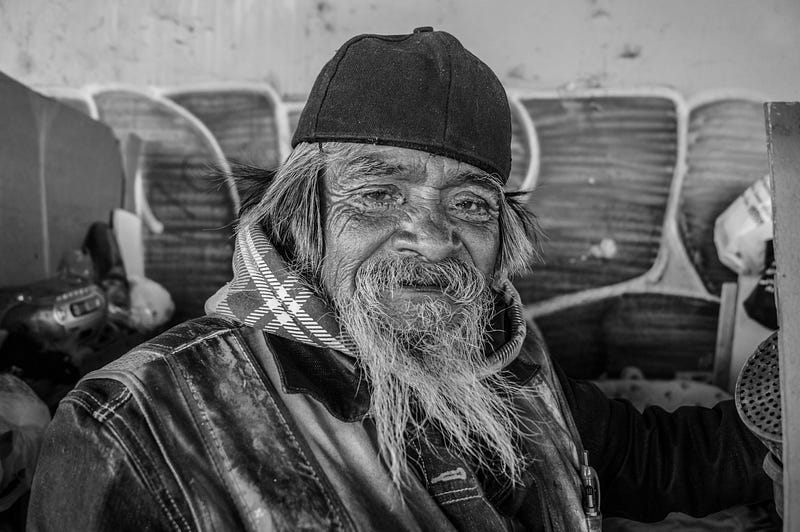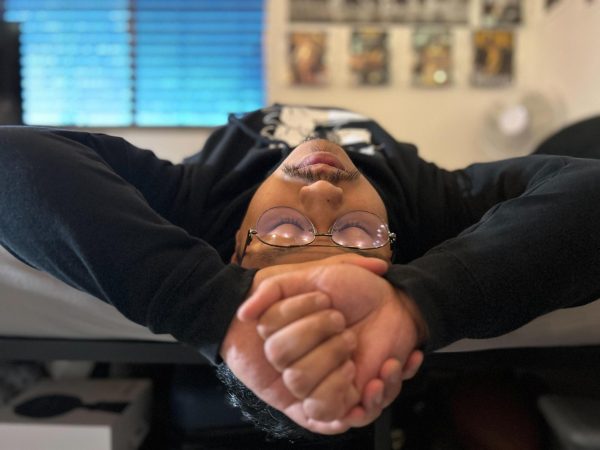In the shadows of Los Angeles
An inside look at the third world problems of a first world city
Story and photos by Pablo Unzueta
For decades, Los Angeles has been labeled one of the homeless capitals in America. Somehow, there has been a slow progression to reduce homelessness. The city’s open wound of poverty is shadowed by entertainment; after all, this is the entertainment capital of America. These photographs capture the hidden world of poverty, a life of gray beneath the visible.
Skid Row stretches 54 blocks along Main Street, Alameda Street and Seventh Street in Downtown Los Angeles. The sidewalks are lined with cardboard boxes, tents, plastic baskets and trash dumps. The smell of urine and defecation is in the air. This neighborhood is home to approximately 6,000 homeless residents, leaving an undeniably open gash to the city.
I first began documenting poverty when I was 17. Los Angeles is a sophisticated city where a variety of cultures thrive, however I was drawn into the street life of the homeless. I wanted to get to know these people who spend their lives outside on the sidewalks.
I have met interesting people who disprove stereotypes of all kinds. I have come across street residents who have been faced with economic struggles of all kind. Gustavo Ortiz migrated from Latin America for better working opportunities and pay; Richard, a former electrical technician once lived a ‘normal’ life but lost everything after a divorce; and Billy, a veteran who became disabled in the Iraq War. These are just some of the many heartbreaking and distressful stories of life on the streets of Los Angeles. You will meet some of these people in the photographs presented.



Billy, who introduced himself by his first name, is a 27-year-old Iraq War veteran who is currently living on the streets. Billy claims that the Veteran Affairs has failed to give him medical needs for his fractured hip. He was also shot in the collarbone while fighting in Iraq. To this day, he has shrapnel inside his head from the gunshot. “I served in Iraq for five years. My days in the war ended when I was critically injured. It sucks to fight for your country and then end up living on the streets. So what the hell did I fight for?”


Cecilia Aguilar, 49, the mother of three children, had her Section 8 housing status revoked 10 years ago due to a drug problem while being unemployed. She currently inhabits under the First Street Bridge with several other people.


Ignacio, 65, who identifies by his first name, has been living alongside Cecilia Aguilar for a decade. Ignacio migrated from Mexico to the United States to escape poverty. “I have lived in poverty all my life, I came here hoping to find work and live a better life. To this day, I am poor and have accepted that. I am old now, no one will hire me.”

Richard, 52, who identifies by his first name, is a former electrical technician who became homeless after a divorce 10 years ago. Living on the street has been a challenging experience for Richard. “It is easy to get stuck down here. There are no responsibilities to contribute to society. I just want my life back.” Richard has also been a witness to the violent street life being lashed out upon the poor. “There is going to be police brutality in every city. But does that mean it should be tolerated? No one cares about us homeless people. We just have to be strong.”

Toni Wilson, 60, is originally from Pittsburgh, Pennsylvania, and has been living in Los Angeles since the 1980s. Wilson talks about the hardships living on the streets such as police harassment, unsanitary shelters, assault on the homeless and making money legally. “They don’t care about us. People just want us out of Downtown Los Angeles because it makes the city look bad. But it’s not the city that wants us out; it’s the property owners who are creating these problems for the homeless. We are just people without homes and families. Does that makes us dangerous? Most of us are peaceful people, I promise you.”

Substance is a publication of the Mt. San Antonio College Journalism Program. The program recently moved its newsroom over to Medium as part of a one-year experiment. Read about it here: https://medium.com/substance/the-experiment-be947b2ba13e







